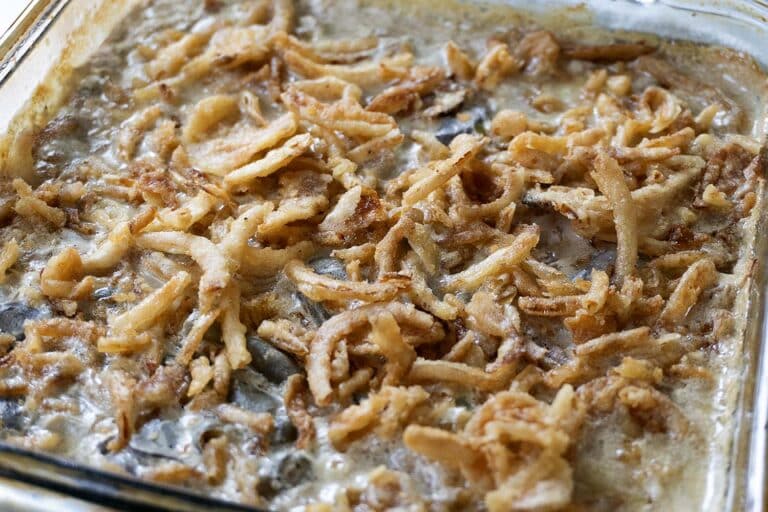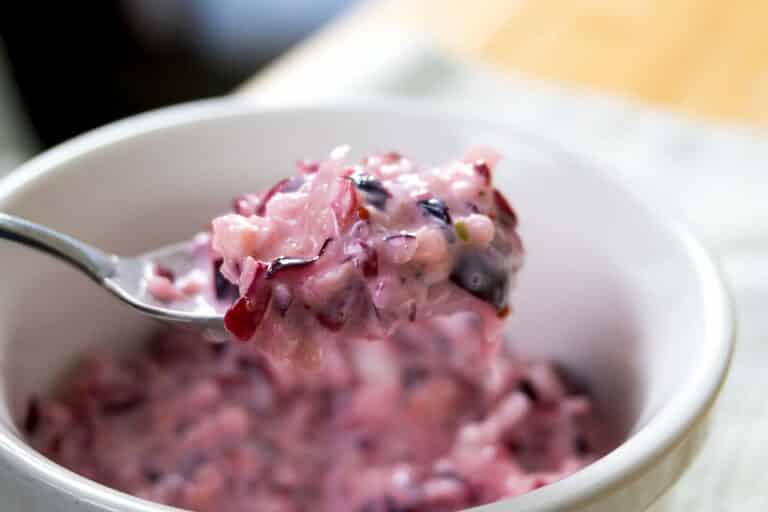Baharat vs. Advieh: Comparing Middle Eastern Spice Blends

Baharat and Advieh are both integral spice blends in Middle Eastern cuisines, each bringing its unique blend of seasoning to a variety of dishes.
While they share some similarities in ingredients and culinary uses, they are distinct blends with their own identities and roles in cooking. Let’s compare Baharat and Advieh, detailing their ingredients, flavor profiles, and typical culinary applications.
Ingredients and Composition
- Baharat: This spice blend is commonly used in Arabic cooking and varies somewhat by region. The Arabic word “baharat” simply means “spices,” and this blend typically includes black pepper, coriander, paprika, cardamom, nutmeg, cumin, cloves, and sometimes cinnamon. It’s known for its balanced, all-purpose notes, suitable for meats, grains, and vegetables.
- Advieh: Used primarily in Persian (Iranian) cuisine, Advieh typically includes ingredients like dried roses, cinnamon, cardamom, cumin, coriander, nutmeg, and other spices depending on regional or familial recipes. It tends to have a sweeter tone compared to Baharat due to the inclusion of floral notes and is most commonly used in rice dishes, stews, and soups.
Flavor Profiles
- Baharat offers a warm, peppery, and slightly sweet taste with a fuller, rounded spicy profile. It’s excellent for adding depth to dishes without overwhelming other tastes, making it versatile for a variety of cooking styles.
- Advieh leans towards a more aromatic and sweet profile, with hints of floral and subtle earthy undertones, reflective of the Persian love for sophisticated, nuanced flavors in their cuisine.
Culinary Uses
- Baharat is often used to season meats like lamb, chicken, and beef before grilling or roasting. It’s also added to soups, stews, and tomato-based sauces to enhance dish complexity. Its versatility makes it a pantry staple in many Middle Eastern kitchens.
- Advieh is predominantly used in slower-cooked dishes, such as stews (khoresht) and rice pilafs (polo), where its complex flavors can develop and permeate the dish. It’s also used in sweets and desserts, showcasing its range from complex to sweet applications.
Cultural Significance
- Both spice blends are deeply rooted in their respective culinary traditions. Baharat is used across the Arab world, reflecting the shared culinary practices across Arabic-speaking countries. It is a reflection of the region’s history, including trade routes that introduced various spices to the area.
- Advieh, with its inclusion of ingredients like dried roses, speaks to the sophisticated palate of Persian cuisine and its historical influences, including the interplay between the Silk Road spice trade and Persian culinary refinement.
While Baharat and Advieh may seem similar at first glance due to some overlapping spices, they are distinct in their flavor profiles, uses, and cultural contexts. Baharat’s spicy, warm, and versatile nature makes it suitable for a wide range of dishes, whereas Advieh’s sweet and aromatic qualities lend a unique character to traditional Persian meals.
Understanding these differences not only enriches one’s cooking repertoire but also deepens appreciation for the rich culinary histories of the Middle Eastern region. Whether you’re spicing up a kebab or perfuming a pilaf, choosing between Baharat and Advieh can lead to deliciously different outcomes.






